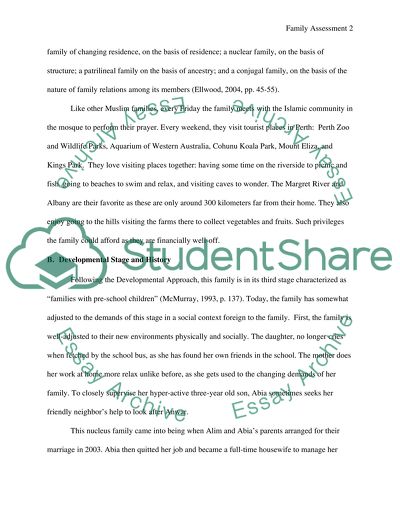Cite this document
(Assessment of Haddad Family a Four-Member Muslim-Arab Family Case Study, n.d.)
Assessment of Haddad Family a Four-Member Muslim-Arab Family Case Study. Retrieved from https://studentshare.org/family-consumer-science/1563879-family-assessment-paper
Assessment of Haddad Family a Four-Member Muslim-Arab Family Case Study. Retrieved from https://studentshare.org/family-consumer-science/1563879-family-assessment-paper
(Assessment of Haddad Family a Four-Member Muslim-Arab Family Case Study)
Assessment of Haddad Family a Four-Member Muslim-Arab Family Case Study. https://studentshare.org/family-consumer-science/1563879-family-assessment-paper.
Assessment of Haddad Family a Four-Member Muslim-Arab Family Case Study. https://studentshare.org/family-consumer-science/1563879-family-assessment-paper.
“Assessment of Haddad Family a Four-Member Muslim-Arab Family Case Study”. https://studentshare.org/family-consumer-science/1563879-family-assessment-paper.


